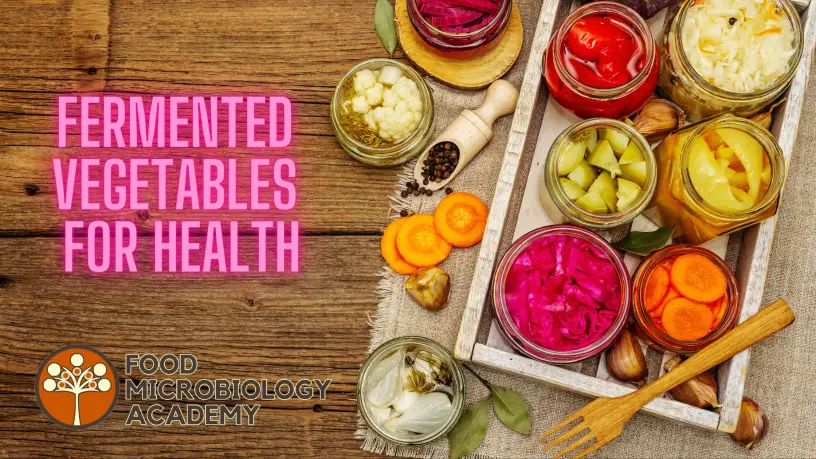Tsukemono is a traditional Japanese term that refers to a variety of pickled vegetables. It is a popular side dish and condiment in Japanese cuisine, often served alongside meals to provide a balance of flavors and textures. Tsukemono can range from simple salted pickles to more complex, seasoned and fermented varieties.
The process of making tsukemono typically involves preserving vegetables in a brine or salt to extract moisture and promote fermentation. This fermentation process can vary in duration, from a few hours to several months, depending on the desired flavor and texture. The brine or salt mixture may also contain additional seasonings like rice bran, vinegar, soy sauce, miso, or spices to impart different flavors.
There are numerous types of tsukemono, each with its unique taste and characteristics. Some common examples include:
- Shibazuke: A popular tsukemono from Kyoto, made with cucumbers, eggplant, ginger, and perilla leaves, fermented in a sweet and sour purple-red brine.
- Takuan: Yellow pickled daikon radish, often sliced and served as a crunchy and slightly sweet accompaniment to rice or sushi.
- Umeboshi: Pickled Japanese plums that are salty, tangy, and sour in taste. They are commonly enjoyed as a condiment or added to rice balls (onigiri).
- Gari: Sweet and tangy pickled ginger often served with sushi to cleanse the palate between bites.
- Asazuke: Quick-pickled vegetables that are lightly salted and usually left to marinate for a short time, resulting in a crunchy texture and a refreshing flavor.
- Fukujinzuke: A mixed vegetable pickle typically used as a condiment for Japanese curry. It consists of various vegetables like daikon, lotus root, and cucumber, pickled in a soy-based sauce.
Tsukemono can vary in taste, texture, and appearance depending on the region, ingredients, and preparation methods. They add a vibrant and refreshing element to Japanese meals, providing a balance of flavors to complement the main dishes.
Escabeche is a traditional dish and cooking technique that has roots in Spanish cuisine but is also prevalent in Latin American, Filipino, and Mediterranean cuisines. The term “escabeche” refers to a method of preserving and flavoring food by marinating it in a vinegar-based sauce or marinade.
In its most common form, escabeche typically involves fish or meat that is first cooked, then immersed in a marinade composed of vinegar, oil, onions, garlic, and various herbs and spices. The dish is then left to marinate for a period of time, allowing the flavors to meld together and the protein to absorb the tangy and aromatic characteristics of the marinade.
The marinade used in escabeche can vary depending on the regional and cultural influences. Some common ingredients used in the marinade include:
- Vinegar: The primary acidic component of escabeche, vinegar provides the distinctive tangy flavor and acts as a preservative.
- Oil: Usually olive oil or vegetable oil, which adds richness and helps balance the acidity of the vinegar.
- Onions: Thinly sliced onions are often a key component of the marinade, imparting a sweet and savory flavor.
- Garlic: Crushed or minced garlic cloves are frequently added to enhance the overall flavor profile.
- Herbs and Spices: Bay leaves, oregano, thyme, peppercorns, and chili peppers are commonly used to season the marinade and add aromatic and spicy notes.
The marinated protein, whether fish or meat, is typically served cold or at room temperature. The marinade not only imparts flavor but also acts as a preservative, allowing the dish to be enjoyed over an extended period. It is common to find escabeche served as an appetizer, a side dish, or even as a main course, accompanied by rice, bread, or other side dishes.
Escabeche can be versatile, with variations in different regions and cultures. For example, in the Philippines, it is often made with fried fish and served as a popular dish called “escabeche de pescado.”
Overall, escabeche offers a unique blend of flavors, combining the acidity of the vinegar, the richness of the oil, and the aromatic herbs and spices. It provides a tangy and savory addition to the culinary landscape.
Pickled watermelon rind is a unique and flavorful food product made from the rind or peel of watermelon, which is typically discarded. Instead of being wasted, the rind is preserved and transformed into a tangy and sweet pickled delicacy.
The process of making pickled watermelon rind involves removing the green outer skin and any remaining pink flesh from the watermelon rind. The rind is then typically cut into bite-sized pieces or strips, although shapes can vary depending on personal preference and regional traditions.
The rind is then soaked in a brine solution containing vinegar, sugar, and various spices and seasonings. The brine helps to impart flavor, preserve the rind, and balance the natural sweetness with acidity. Commonly used spices and seasonings include cinnamon, cloves, ginger, allspice, and sometimes chili peppers for a touch of heat.
After soaking in the brine for a period of time, which can range from a few days to several weeks, the watermelon rind absorbs the flavors and undergoes a transformation. The result is a pickled watermelon rind with a firm yet tender texture and a sweet and tangy taste profile. The rind retains some of its natural sweetness while being infused with the flavors of the brine and spices.
Pickled watermelon rind is often enjoyed as a snack or side dish. It can be eaten on its own or paired with other foods like cheese or cured meats. In some regions, it is also used as a condiment or relish, adding a unique touch to sandwiches or salads.
The pickling process not only enhances the flavor and texture of the watermelon rind but also helps to extend its shelf life, allowing it to be enjoyed for an extended period. It is a delightful example of utilizing a typically discarded part of the watermelon and transforming it into a delicious and versatile culinary treat.

